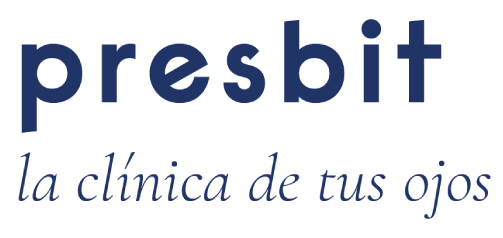Oculoplastics
OCULOPLASTICS
EYELID SURGERY AND AESTHETIC MEDICINE (OCULOPLASTIC UNIT)
What is oculoplastics?
BLEPHAROPLASTY
Canthopexy is a surgical technique by which we give upward tension to the lateral canthus of the eye (external region of the eye)..
It is most often performed as an adjunct to blepharoplasty surgery, to improve eyelid tension and prevent eyelid malposition in the postoperative period.
Eyebrow ptosis can be treated with botulinum toxin (in mild cases) or with surgery. In the case of surgery there are two approaches:
- Direct approach or direct browplasty: it elevates the eyebrow by removing skin, fat and muscle. Usually this approach is performed just above the eyebrow.
- Indirect approach or indirect brow lift: allows the elevation of the eyebrows through small incisions at the scalp and the use, in most cases, of an endoscope.
- In the case of direct eyebrow surgery what we generally perform is local anesthesia and sedation, the latter being deeper at the time of infiltration of the anesthetic.
- In the case of indirect browplasty, general anesthesia or sedation with local anesthesia can be performed depending on each patient and their preferences.
At PRESBIT we perform all interventions in a hospital environment with a team of nurses and anesthesiologists so that possible anxiety and pain are controlled..
Recovery is usually rapid, allowing the incorporation to work around 4-7 days. It is normal the appearance of swelling and bruising, which can last about two weeks. The stitches are usually removed after a week.
The vast majority of operations are performed under local anesthesia and sedation, the latter being deeper at the time of infiltration of the anesthetic and more superficial when the area has already been anesthetized.
At PRESBIT we perform all interventions in a hospital environment with a team of nurses and anesthesiologists, so that possible anxiety and pain are controlled.
- After surgery, an ocular occlusion is performed for the first 24 hours, although we always try to leave one eye uncovered..
- It is recommended to apply local cold during the first 48 hours.
- Bruising and local swelling may occur, but these symptoms will gradually disappear.
- Generally, hematomas usually disappear within 7-12 days in the case of upper blepharoplasty, and may take longer in the case of lower blepharoplasty.
Blepharoplasty is an operation that must be performed meticulously, taking care of all the anatomical structures of the eyelids. Although it is a very small area, it is quite complex. For this reason it is very important that this intervention is performed by an ophthalmologist specialized in eyelid plastic surgery or oculoplastic surgeon, thus minimizing postoperative problems.
Get informed!


